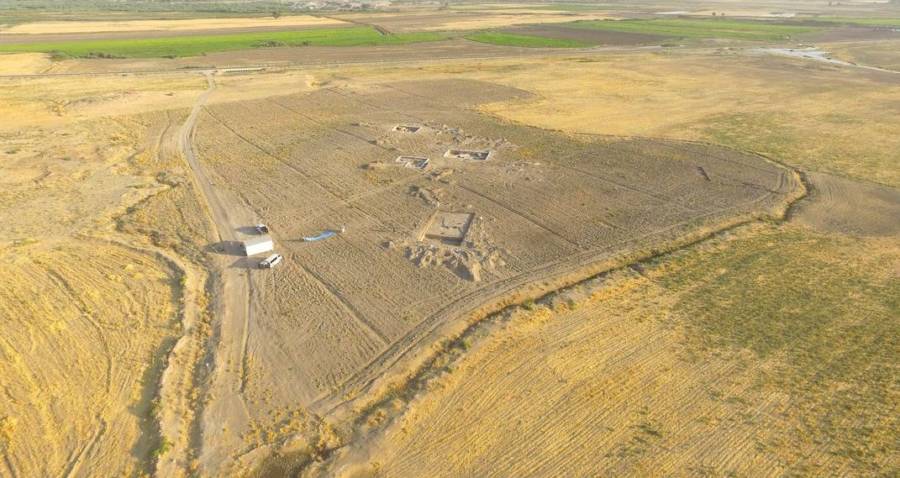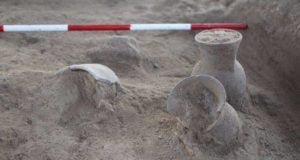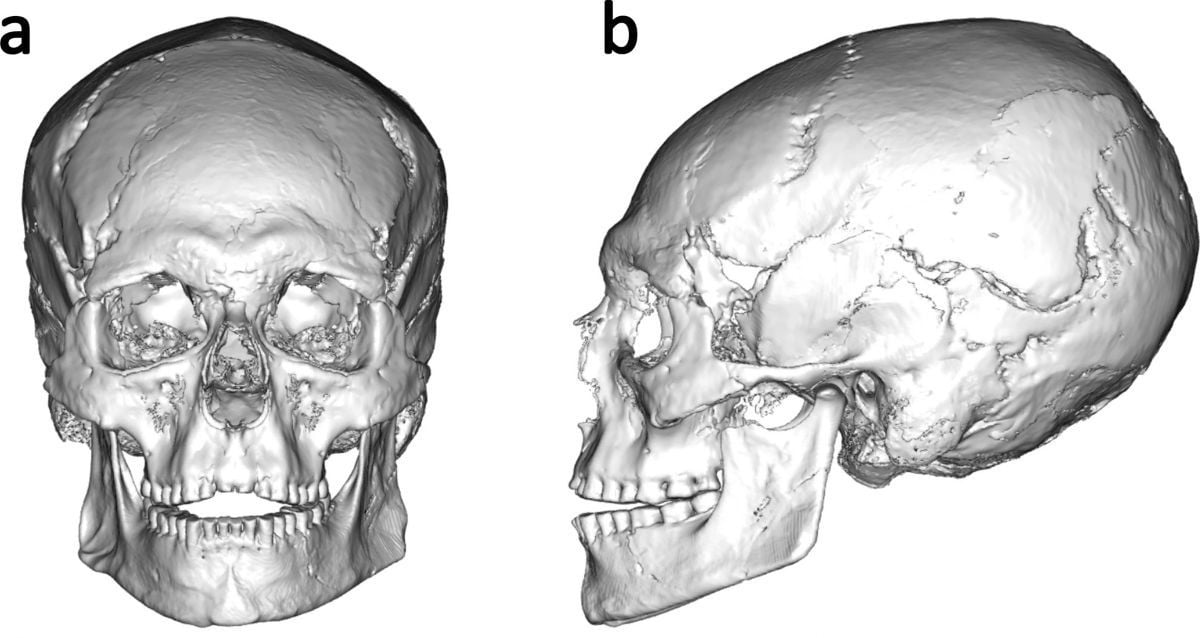“Ancient Sips: What 2,500-Year-Old Beer Cups Reveal About Humanity’s Dawn”
Elsa Perruchini, a Ph.D. student at the University of Glasgow and the lead author of the study, found the ancient cups while working as a part of a larger archaeological dig at a site called Khani Masi, in present-day Kurdistan in northern Iraq.

Sirwan Regional ProjectThe Khani Masi excavation site in northern Iraq.
Perruchini first tried traditional chemistry techniques to test the residue from the beer on the cups but kept coming up with contaminated results, according to Smithsonian.
In addition to residue left on the objects from excavators touching the items, one of the biggest sources of contamination is the sunscreen that researchers wear during the sweltering hot excavations. Sunscreen contains some chemicals that can be mistaken for wine, which can be a source of confusion for archaeologists.
Perruchini decided to cut out one big source of contamination, multiple points of human contact, and test the bowls directly in the field before people could touch them, in hopes of getting less skewed results.
Once she had her hands on the bowls, she employed a technique that had never been done before to analyze the compounds of the beer residues: gas chromatography. This technique separates the compounds in a mixture and allowed her to get extremely specific in her analysis.
Based on Perruchini’s meticulous work in the field, the researchers were able to discover a plethora of information about the beer, including what it was made out of.
“What Elsa has demonstrated is the chemical signature of fermentation in the vessels that also contains the chemical signatures consistent with barley,” Claudia Glatz, senior lecturer in archaeology at the University of Glasgow and co-author of the study, told Smithsonian. “Putting those together is the interpretation that this is barley beer.”













